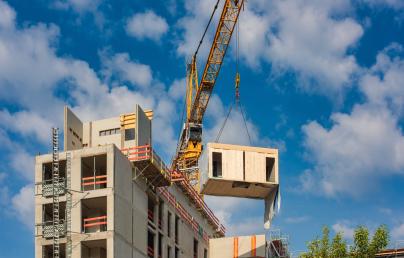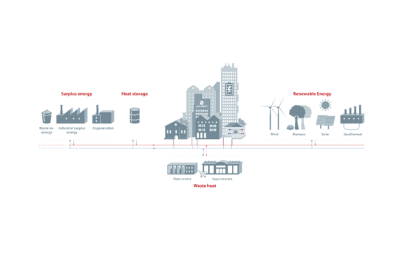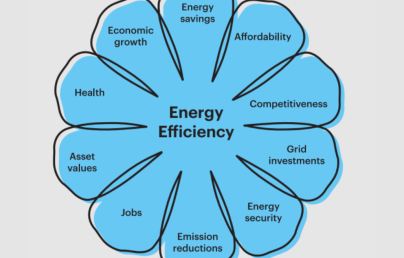
Decarbonising concrete for a more sustainable future

Decarbonising concrete for a more sustainable future
The annual production of concrete is threatening the society and the environment. Investing in zero-carbon technologies is thus crucial for a sustainable future.
Concrete, the most widely used human-made resource, with its annual production set to reach 20 billion cubic meters by 2050, poses both architectural beauty and environmental concerns. While concrete structures like bridges and buildings serve communities, its production is responsible for 7% of global CO2 emissions, prompting the need to decarbonise its creation, especially cement production, to mitigate climate change.
Investing in zero-carbon technologies is crucial to this effort, with initiatives like the World Economic Forum's First Movers Coalition (FMC) aiming to decarbonise industries responsible for a third of global emissions. Cement's appeal lies in its adaptability, durability, and affordability, achieved through the clinker, a key cement ingredient. Yet, clinker production emits substantial CO2 due to intense heat from coal or gas-fired kilns.

